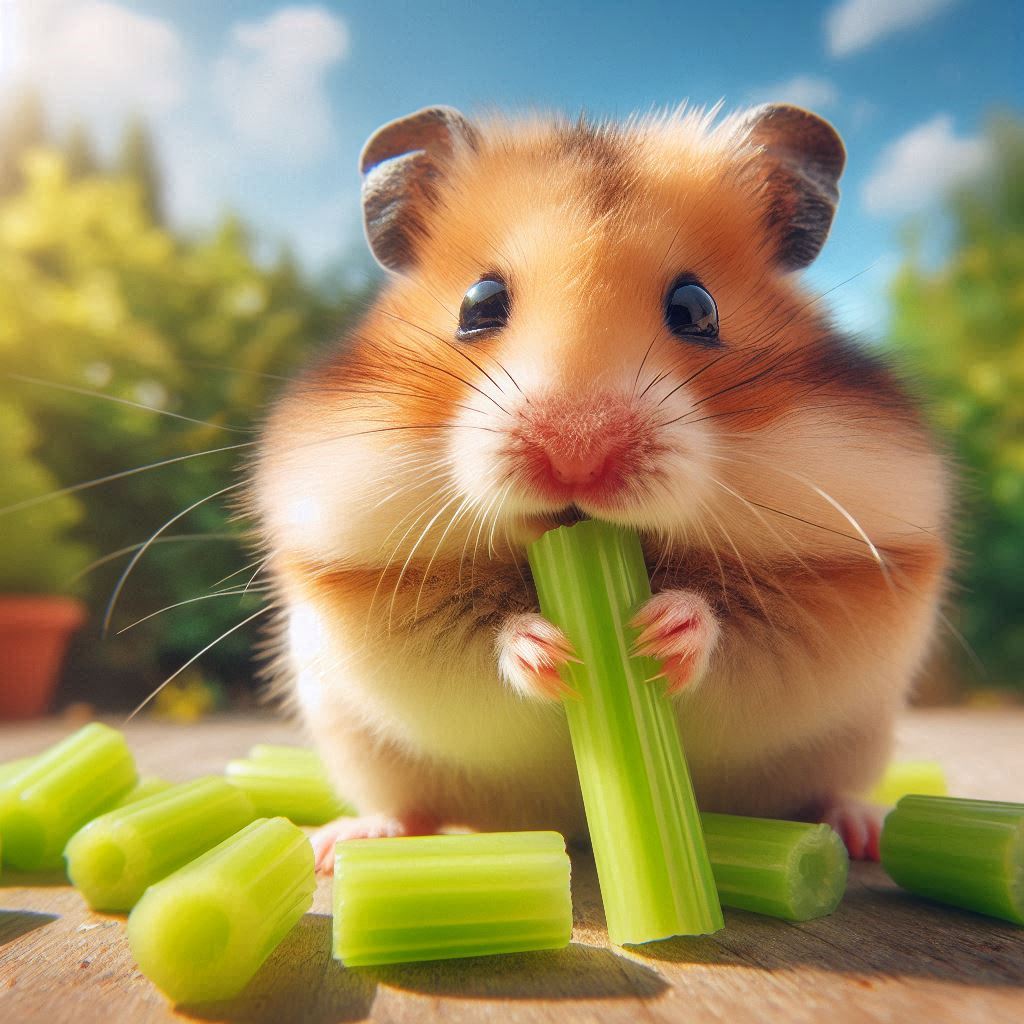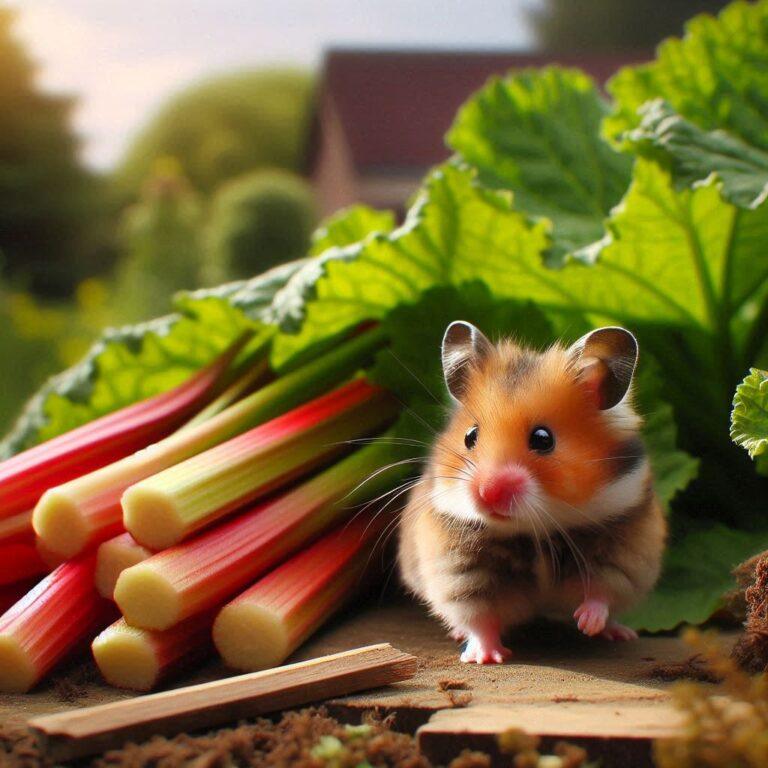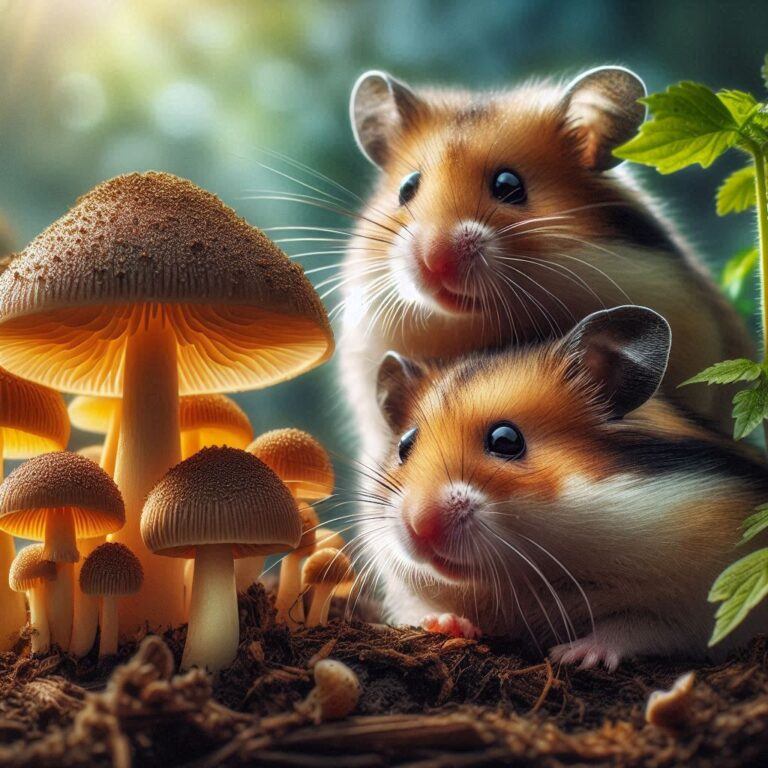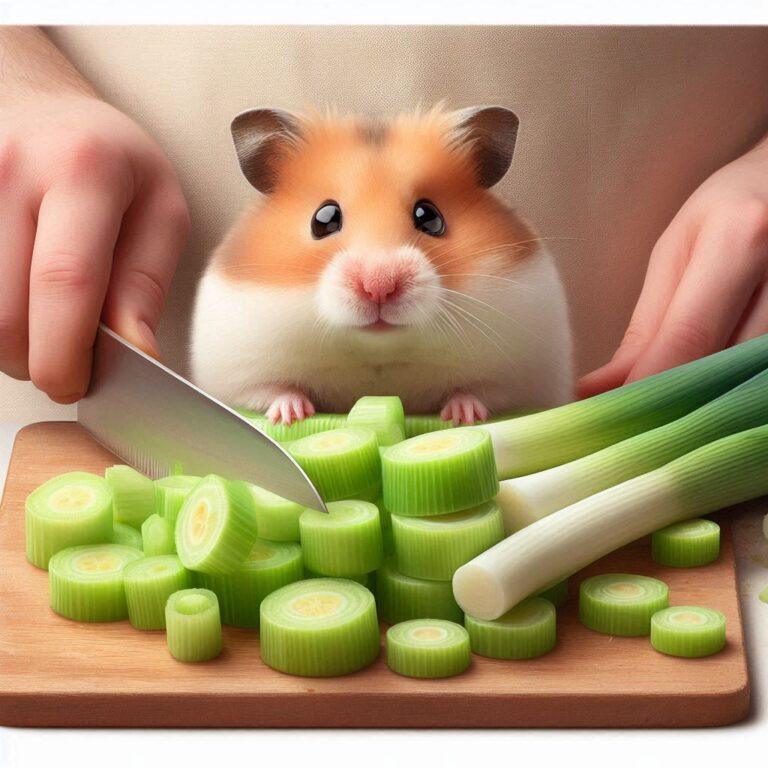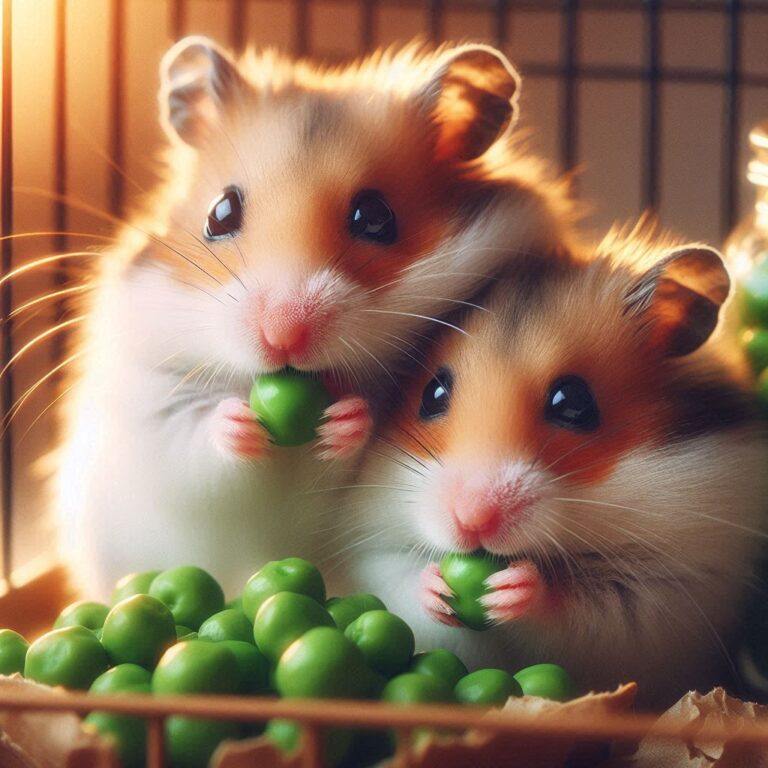Can Hamsters Safely Eat Celery
Yes, hamsters can safely eat celery, but as with any treat, it must be given in moderation. Celery can be beneficial for hamsters, as it contains vitamins and hydration. However, not all parts of celery are suitable, and large amounts could cause digestive issues.
When introducing celery into your hamster’s diet, start with small amounts to see how they react.
Their digestive systems are sensitive, and a gradual approach allows them to adjust without upsetting their stomach. Observing our pet’s reaction to new foods is crucial, and this applies to celery too.
Overfeeding celery can risk your hamster’s health. The vegetable is high in water and could lead to diarrhea if consumed in excess.
Also being mindful of the fibrous strings in celery, which can potentially cause issues, is important; removal might be necessary.
While celery is a safe snack option, it is not the only vegetable that is beneficial to hamsters. Other veggies like carrots, spinach, and bell peppers are also healthy choices.
Offering a variety after ensuring they are safe is one way to maintain your hamster’s interest and health.
The Right Way to Serve Celery to Your Hamster
Preparing celery correctly is crucial to ensure your hamster can enjoy this crunchy vegetable safely.
First, WASH the celery thoroughly. Residual pesticides or harmful substances on vegetables can be dangerous for hamsters, who are much smaller and more sensitive than humans.
After washing, cut the celery into small, bite-sized pieces to prevent choking hazards. Hamsters have small mouths and require tiny portions. Large chunks of any food can pose a risk to their well-being.
Regarding frequency, incorporate celery into your hamster’s diet SPARINGLY. Start with a tiny piece to see how your pet reacts, and never make celery more than a small part of the overall diet.
Once or twice a week is sufficient for offering celery or any other fresh produce.
Balance is key. Along with celery, provide a VARIETY of fruits and vegetables to ensure a wide array of nutrition.
Remember, hamsters thrive on a diverse diet, but always introduce new foods GRADUALLY and watch for any signs of digestive upset.
Understanding Your Hamster’s Dietary Needs
It’s my responsibility as a pet owner to ensure my hamster has a balanced diet. A proper diet is crucial for the wellbeing of these small creatures.
Your hamster relies on you to provide not only love and care but also the right nutrition.
Fresh vegetables, like celery, can be beneficial, providing vital nutrients and variety. However, they should complement, not replace, the core hamster diet of pellets, seeds, and occasional fruits.
Remember, a diverse diet is key to preventing nutritional deficiencies and promoting good health.
When I monitor how my hamster is responding to different foods, I look for a glossy coat, clear eyes, and consistent energy levels as indicators of a healthy diet.
Any changes in behavior or appearance warrant closer inspection and possibly a diet adjustment.
Diversity in a hamster’s diet also keeps meal times interesting. It can prevent boredom and promote natural foraging behaviors, contributing to our hamster’s overall happiness.
If you’re unsure about how to best meet your hamster’s dietary needs, I recommend consulting with a veterinarian.
They can provide personalized advice that takes into account your hamster’s age, health, and breed. After all, a happy, healthy hamster is the goal, and it starts with what’s on their plate.

